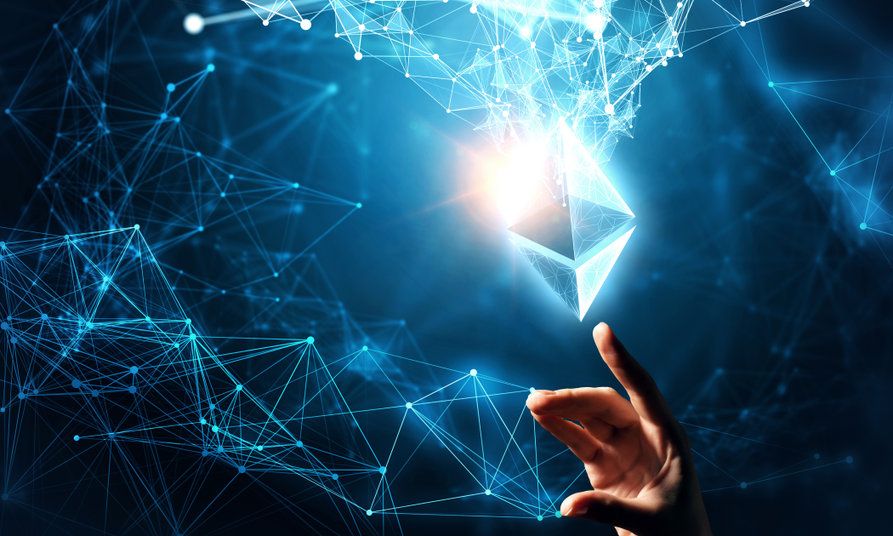
⛏️ Everything you need to know about bitcoin mining
The Bitcoin network changes the rules of the game for how a monetary system can work and how to build trust in it. The whole system is centered around Bitcoin mining. We explain everything you need to know.
Share this story!
Similar to gold mining, there can never be a new supply of Bitcoins without Bitcoin mining. Just as gold miners put up their excavators and gold dredges to work for the chance of finding gold in the ground, so do bitcoin miners turn on their machines to get Bitcoin rewards.
Bitcoin’s mining is centered around the Bitcoin network’s hash rate. Miners are rewarded for providing the hash rate and if they ever failed to provide computational resources (hash rate), the network would collapse. Simply put, a hash rate is the total computational power generated by an entire decentralized network of computers - in this case, the Bitcoin network.
While the entire crypto market panics after Bitcoin's drop from its $60,000 price high, a handful of miners are counting their profits after Bitcoin's hash rate dropped by nearly 30 percent following China's move to shut down Bitcoin miners in the country.
The crackdown on bitcoin mining essentially turned off 54 percent of bitcoin's mining capacity thereby reducing the competition to mine bitcoin significantly. Bitcoin miners who are still connected to the network stand to make greater profits.
The mining process involves running computer programs that compete to solve complex puzzles. Miners whose machines solve the puzzles in the shortest time win the chance of confirming transactions on the blockchain and therefore earning rewards.
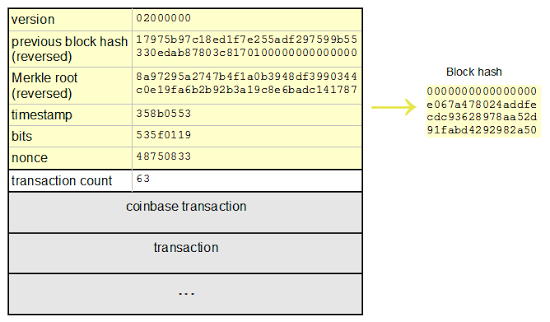
The incentive for their participation is the fact that the mining process creates new bitcoins that are rewarded to the miners who solve the puzzles. However, the process of mining requires sophisticated computers that consume tons of energy during the process.
As it is a competitive endeavor, miners have to set up thousands of mining computers to make substantial profits.
In this article, we will take you through everything you need to know about bitcoin mining as well as things to consider if you plan to start mining, especially now that Bitcoin's mining is cheaper and slightly less competitive.
What is bitcoin mining?
Bitcoin's mining process is how new Bitcoins are introduced into circulation. Since there is no central entity governing the supply and distribution of Bitcoin as is the case with the dollars or other national currencies, Bitcoin's governance relies on a distributed network of miners.
The miners keep the Bitcoin network secure by participating in the process of approving and confirming transactions that are published on the blockchain for everyone to see.
Publishing a transaction to the blockchain is similar to producing receipts for each transaction as proof that the transaction was legitimate.
The blockchain provides a central repository that all miners can rely on for confirming the validity of each transaction. A transaction is valid as long as its receipt is posted on the blockchain. Without this elaborate process of confirming transactions, the entire Bitcoin network would collapse.
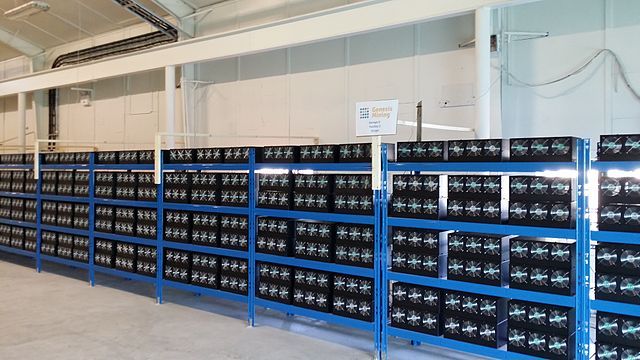
Who are bitcoin miners?
Bitcoin is a decentralized and open network meaning anyone can be a Bitcoin miner.
The mining process requires the use of computational resources to calculate and solve complex equations to qualify and confirm transactions to the blockchain. In the early days, anyone could mine several Bitcoins with ease.
Now that the network has grown significantly over the years, it is no longer possible to use simple computers to mine Bitcoin as there is more competition on the network.
Currently, most bitcoin miners deploy thousands of mining machines to solve complex mathematical puzzles in a proof of work framework.
What is proof of work?
Proof of work is a system built into the Bitcoin mining process that is designed to keep frivolous or malicious computational attacks at bay.
Since bitcoin is built on blockchain technology which operates as a distributed ledger of all bitcoin transactions arranged in sequential "blocks", the miners who publish those blocks need a consensus mechanism to prevent double-spending.As mentioned earlier the blockchain acts as a central repository for posting receipts of each transaction. All the receipts are arranged in sequential blocks of data thereby each block of transactional receipts is linked to its predecessors. This makes it difficult to tamper with any of the receipts once published to the blockchain as changing one receipt would require a change in all the receipts.
The proof of work (PoW) consensus protocol is a mechanism that miners use to ensure that only verified miners are able to publish these transactional receipts to the blockchain, Therefore, PoW requires each miner to produce a unique long string of numbers that serves as proof of work done by the miner to secure the network. This unique string of numbers takes significant computational power to produce and it is called a hash. Bitcoin miners use the SHA-256 hash function to generate these hashes.
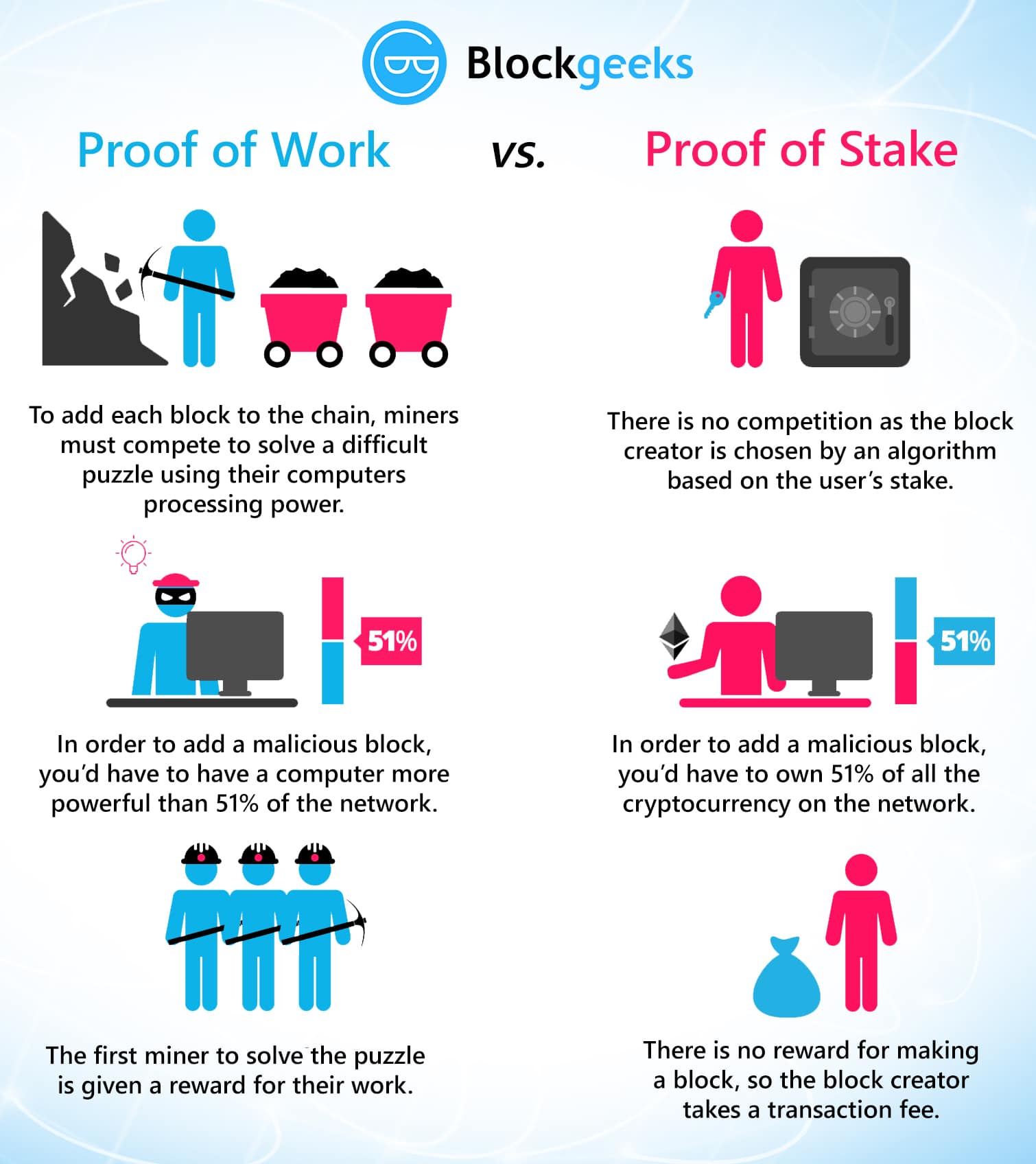
Any data that is processed by a hash function (in this case the SHA-256 hash function) should produce a unique hash every time it is processed by that function. Think of the hash function as an identification generator and every time you have an unknown object you want to identify, you simply pass it through the ID generator to get its identity. The identity should be the same every time you process the object through the ID generator.
For instance, if you have a password and run it through a hash function that password will produce a unique hash. Therefore if you want to pass a messenger to your peer (who also has the password) but you only want that message to reach your peer and not a hacker who might intercept the transmission, you can require your peer to produce a hash similar to the hash generated by your password. This way. you can confirm that you are sending the message to your peer since he will be able to confirm that he has the password without actually telling you the password. Your peer’s hash will match yours. And since there is no way of regenerating the original data from a peer, anyone who sees the hash on the network will not be able to use the hash to re-generate the passwords.
Miners therefore don't need to trust one another or know the identity of other miners to verify that they are eligible for mining and publishing transactions to the blockchain. All they have to do is run a SHA256 algorithm on their computers to produce a hash that matches the one originally produced by the Bitcoin algorithm. This is an energy-intensive process and that is why it is called a proof of work.
Producing this hash confirms to other miners on the network that the particular Bitcoin miner has every incentive to secure the network and therefore can be trusted to confirm and publish blocks of transactions on the blockchain.
Conclusion: Bitcoin mining pools and mining hardware
The bitcoin mining process revolves around its hash function. However, generating any hash would be trivial for any modern computer and that would leave loopholes for the manipulation of bitcoin's network.
That is why Bitcoin's mining difficulty increases over time as setting a higher difficulty ensures that the only miners willing to participate are the ones with enough skin in the game and committed to maintaining the network's security.
To increase their chance of earning bitcoin rewards, miners often participate in mining pools where multiple mining computers share their computational power and share rewards from mining blocks. Some solutions enable cloud mining where you rent a mining computer on the cloud.
Md Motiur Rahman
Read our Optimist's Edge article on bitcoin and its environmental impact.
💡 Optimist's Edge: Media headlines on bitcoin are wrong – again
"The media has portrayed Bitcoin as an environmental disaster. But in this article, we will tell you why it might be more energy-efficient than alternatives."
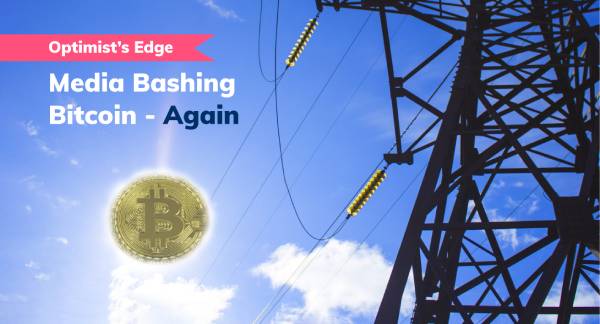
By becoming a premium supporter, you help in the creation and sharing of fact-based optimistic news all over the world.


